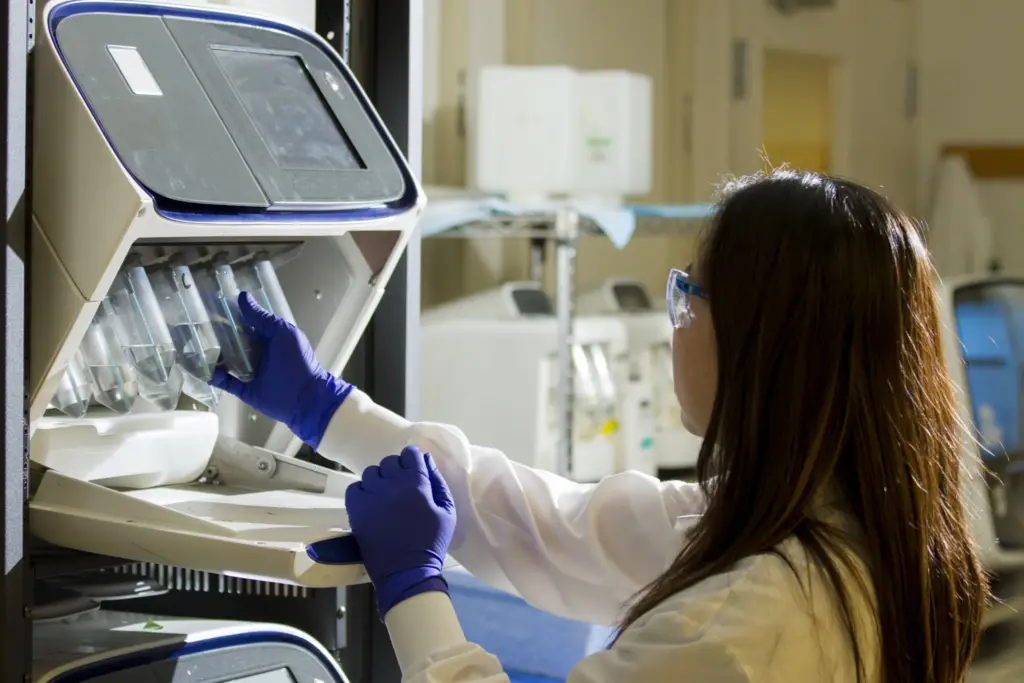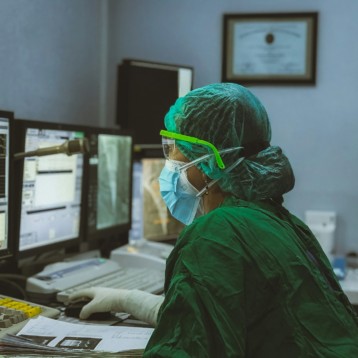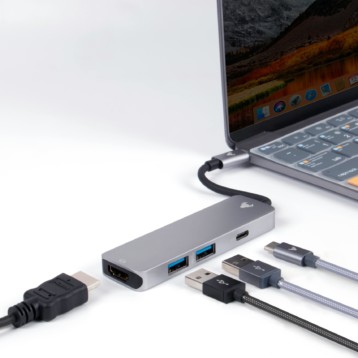
Next-generation sequencing (NGS) is not just transforming the scientific scene; it’s also on a swift rise in popularity. Forecasts suggest its market value will climb by 15.7% annually, hitting a hefty $27 billion by 2027. This spike reflects NGS’s vital role in both medical and biological research, proving essential in deciphering genetic materials.
At the heart of these advanced sequencing methods lies the accuracy of sample preparation, where automated liquid handling systems have become crucial. By boosting precision and enhancing workflow efficiency, these systems are key in facilitating swift advancement and broadening the scope of contemporary genetic research.
The Rise of Automation in Laboratory Processes
Traditionally, manual methods were used for liquid handling in labs, which took a lot of time and were often inaccurate due to human mistakes. With the increasing need for quicker and more dependable results, automated systems have become essential.
Thanks to improvements in automation and digital control systems, we now have automated liquid handling setups. These systems carry out sophisticated liquid transfers with great accuracy and very little need for humans to intervene. This change represents a major step forward in making lab procedures more reliable and dependable, guaranteeing that the outcomes of important experiments are both precise and consistent.
Why Invest in Automated Liquid Handling?
Adopting an automated liquid handling system in your lab presents a slew of benefits that extend well beyond just technological upgrades. These systems prove to be financially beneficial over time. They drastically cut down on the expenses tied to manual operations and lower the likelihood of expensive mistakes and do-overs.
Furthermore, automation ensures the uniform management of liquids, allowing experiments to be conducted with consistent results and minimal differences each time. This level of accuracy enhances the reliability of data, which is crucial for next-generation sequencing applications. By automating everyday procedures, researchers can redirect their focus to more thought-intensive parts of their work, boosting both efficiency and creative breakthroughs in the lab.
Enhancing Accuracy and Precision
In the domain of next-generation sequencing, how well you handle liquids determines the dependability and excellence of your sequencing outcomes. Machines that operate automatically are particularly good at measuring out the exact amounts needed, which is essential for preparing sequencing mixes. Even tiny differences of a few microliters can lead to misleading results.
These devices employ advanced technologies to achieve the necessary transfer of specific liquid volumes, thereby preserving the quality of the information gathered. Such meticulous attention to detail is critical when it comes to measuring DNA, putting together libraries, and combining various substances, ensuring that the results of the sequencing are both trustworthy and precise.
Increasing Throughput with Automation
Automated liquid handling devices can process several samples at once, greatly enhancing the efficiency of sequencing workflows. These devices can function around the clock, substantially elevating the output of sequencing activities.
Running various tests at the same time without losing precision is a crucial advantage that makes automation essential in settings like NGS laboratories, where handling large volumes of tasks quickly is critical.
Reducing Contamination Risks
A significant hurdle in handling liquids manually is the potential for mixing samples unintentionally, jeopardizing the accuracy of outcomes. Automation solves this problem through operations in secure, regulated settings.
By employing sophisticated pipetting methods, these machines significantly limit human involvement, thus curtailing the likelihood of contamination. This is especially vital in medical environments, where the integrity of samples is directly linked to the precision of diagnoses and the effectiveness of treatments.
Integration and Compatibility
Automated liquid handling devices aren’t isolated; they’re built to seamlessly mesh with current NGS setups and processes. These devices work with various reagents and sample categories, establishing them as multifunctional instruments in the lab.
Additionally, the tech that powers these devices is constantly advancing to support new assay varieties and methods, showing their capacity to adjust and respond to the dynamic demands of genetic studies.
Scalability of Automated Systems
As laboratories expand and their requirements change, it’s crucial to adjust operational capacities accordingly. Automated systems for handling liquids are particularly adaptable, built to manage larger amounts of samples while maintaining high standards of performance and efficiency.
Whether it involves ramping up major research projects or refining processes for more targeted investigations, automated tools offer a smooth method for enhancing both the scope and the precision of lab work.
Software and User Interface
The core of automated liquid handling systems lies in their advanced software, enabling users to design and manage the intricate steps required for preparing NGS samples.
These applications feature user-friendly designs, simplifying the process for technicians to establish protocols, modify settings, and oversee activities. The adaptability of this programmable software boosts the productivity of NGS workflows by permitting tailor-made configurations to accommodate unique research requirements.
Future Trends in Automation for NGS
Looking forward, automation’s impact on next-generation sequencing will become more crucial as the technology progresses. Advancements in handling liquids are expected to concentrate on enhancing accuracy at tinier scales, which will continue to lower expenses and boost the speed of sequencing processes.
With the integration of these systems with artificial intelligence and machine learning, it’s expected that they will not just manage liquids but will also adapt and respond dynamically to the specific requirements of individual sequencing operations as they occur.
Final Thoughts
Automated liquid handling systems have drastically altered the field of genetic research, introducing levels of accuracy, control, and productivity that were once unattainable in NGS processes. The deliberate integration of these systems not only boosts the ability of labs to generate reliable genetic information but also places them at the edge of scientific breakthroughs and exploration.
As we further explore the limits of genetic sequencing, it’s clear that the influence of automated technologies will continue to grow, cementing their status as fundamental components of contemporary scientific investigation.










